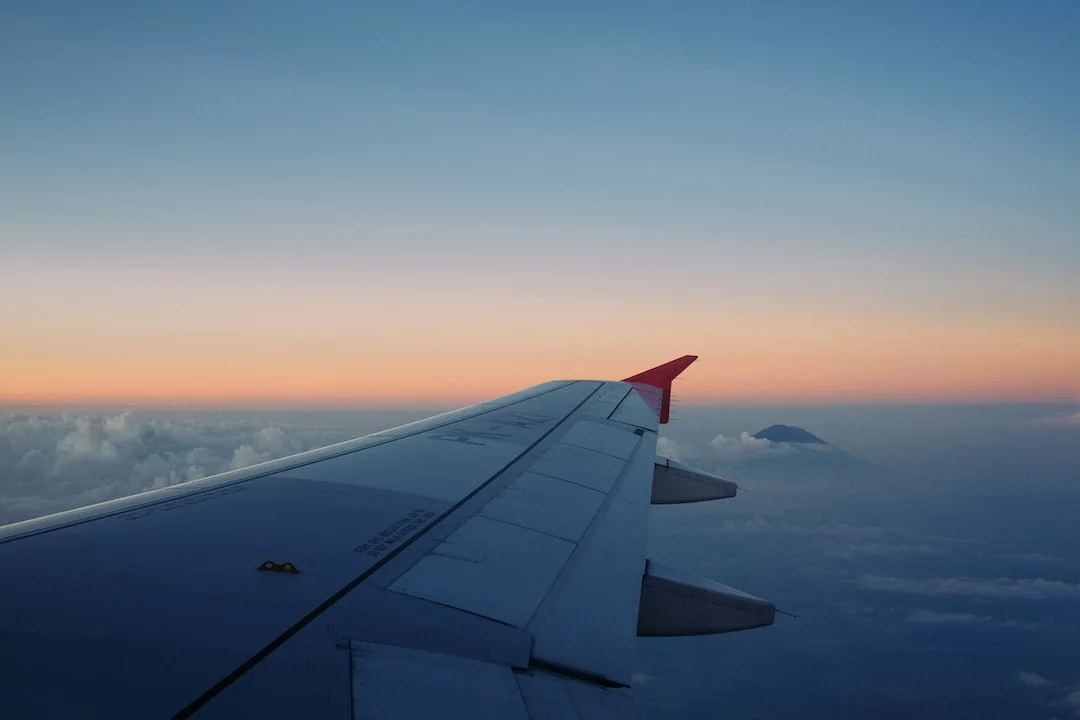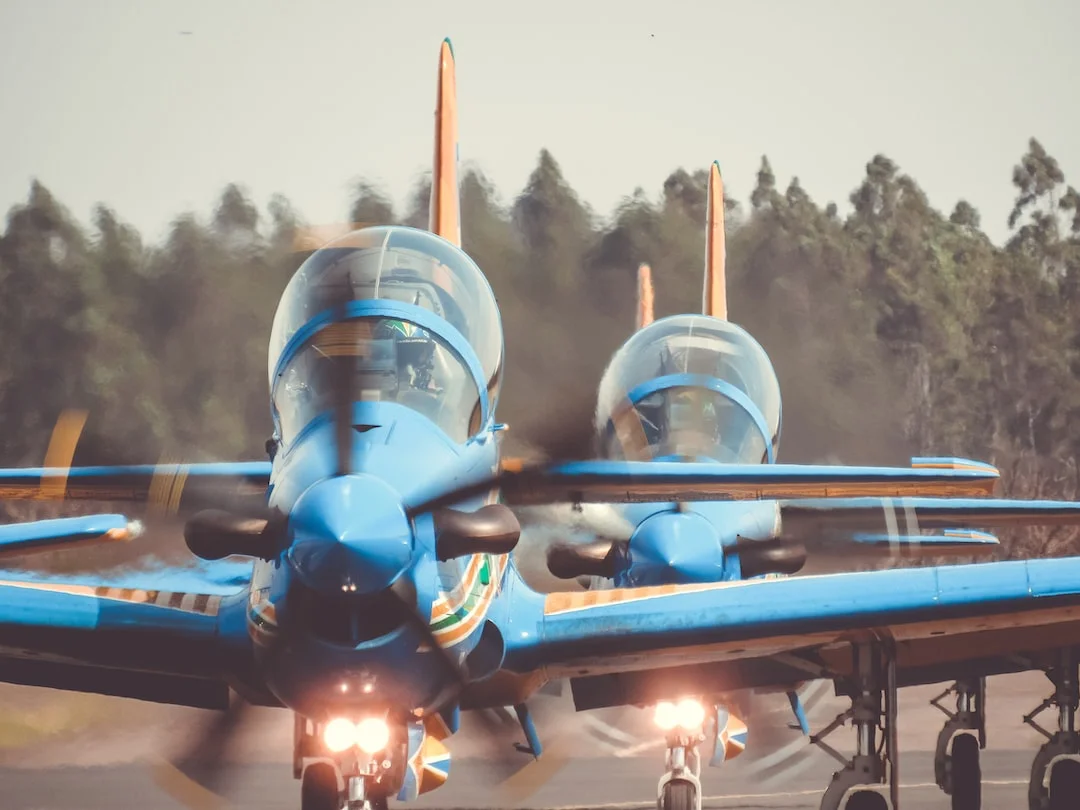Lateral Navigation, commonly referred to as LNAV, is an essential feature of the Boeing 737 aircraft. It is a navigation mode that allows the aircraft to follow a lateral path or track, while maintaining lateral navigation accuracy. Lateral Navigation is a critical component of the Flight Management System (FMS) and plays a vital role in ensuring the safe and efficient operation of the aircraft.
Lateral Navigation provides the capability to navigate the aircraft through various phases of flight, including departure, en route, and arrival. It helps the pilots to follow the intended flight route accurately and ensures that the aircraft stays within the prescribed boundaries of the airways and waypoints.
Contents
LNAV relies on the data entered into the Flight Management Computer (FMC) by the pilots before the flight. This data includes the planned flight route, the waypoints along the route, and the lateral navigation performance requirements. Based on this information, the FMC calculates the desired path for the aircraft to follow.
During the flight, the FMC continuously compares the actual position of the aircraft with the desired path. It makes necessary adjustments to ensure the aircraft stays on track. This is achieved through the guidance provided to the autopilot system, which controls the aircraft’s flight controls to maintain the desired lateral path.
Lateral Navigation offers several significant benefits for both pilots and passengers. Here are some of the key advantages:
LNAV plays a crucial role in ensuring precise navigation accuracy. It reduces the likelihood of deviating from the intended flight path and helps maintain a safe distance from other air traffic. The FMC continuously monitors the aircraft’s position and makes real-time adjustments to keep it on track, resulting in improved safety and efficiency.
According to Boeing, the lateral navigation accuracy of the Boeing 737 with LNAV engaged is typically within a few meters, providing a high level of precision throughout the flight.
2. Increased Efficiency
Lateral Navigation greatly enhances the efficiency of flight operations. By following the predefined flight route accurately, pilots can optimize fuel consumption and reduce the overall flight time. The FMC calculates the most efficient route based on factors like wind, temperature, and aircraft weight, ensuring optimal performance.
The improved efficiency achieved through LNAV contributes to cost savings for airlines and a reduced environmental impact due to lower fuel consumption.
3. Simplified Pilot Workload
Lateral Navigation significantly reduces the workload for pilots during the flight. By automatically guiding the aircraft along the designated path, it allows the pilots to focus on other critical tasks, such as monitoring the systems, communicating with air traffic control, and ensuring the overall safety of the flight.
This automation provided by LNAV improves situational awareness and allows pilots to make better-informed decisions, leading to a smoother and more efficient operation.
While Lateral Navigation offers numerous advantages, it is essential to be aware of its limitations. Here are some key points to consider:
1. Weather Dependencies
LNAV depends on accurate weather data for optimal performance. Adverse weather conditions, such as severe turbulence or strong crosswinds, can impact the lateral navigation accuracy. Pilots need to be aware of these limitations and take appropriate actions to ensure the safety of the flight.
It is crucial for pilots to regularly update their weather information during the flight and adjust their lateral navigation accordingly.
2. System Integrity
The accuracy of LNAV depends on the integrity and proper functioning of the aircraft’s navigation systems, including the Flight Management Computer (FMC) and the autopilot system. Any failures or malfunctions in these systems can affect the lateral navigation capabilities of the aircraft.
Pilots are trained to recognize and troubleshoot any system anomalies to ensure the safe continuation of the flight.
3. Human Factors
Although LNAV automates many aspects of lateral navigation, human factors still play a crucial role in ensuring its effective utilization. Pilots need to be properly trained in the use of LNAV, including understanding its limitations, monitoring its performance, and taking appropriate actions when necessary.
It is essential for pilots to undergo comprehensive training programs and stay current with the latest procedures and advancements in LNAV technology.
Conclusion
Lateral Navigation, or LNAV, is a vital feature of the Boeing 737 aircraft that enables precise navigation along a predefined lateral path. It enhances navigation accuracy, increases efficiency, and reduces pilot workload. However, it is important to understand the limitations of LNAV and ensure proper training and monitoring to optimize its benefits.
As technology continues to advance, the capabilities of LNAV and other navigation systems on aircraft will undoubtedly improve, further enhancing the safety and efficiency of air travel.




